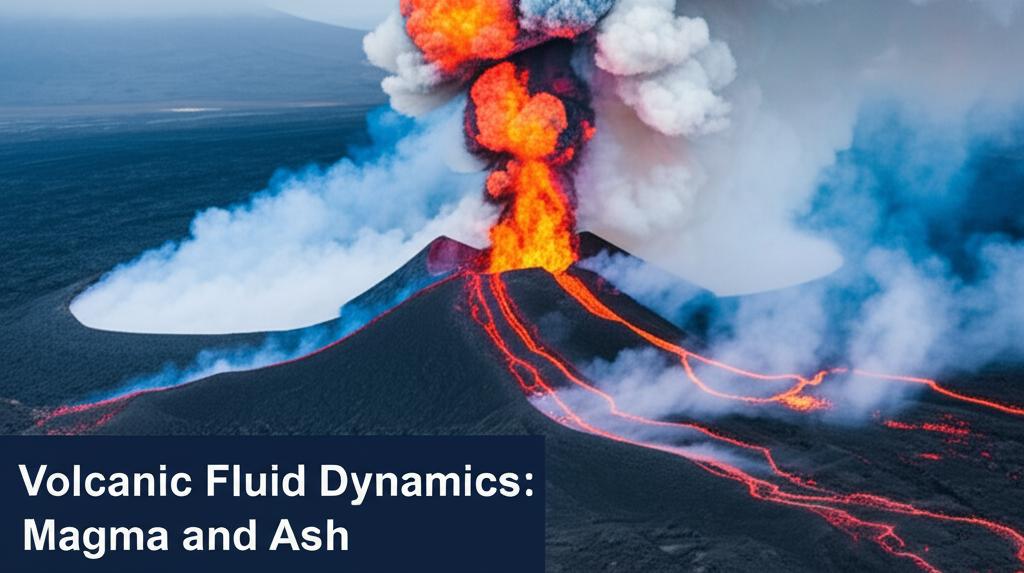Recent breakthroughs are significantly advancing our understanding of the complex interplay between magma and ash in volcanic eruptions. Scientists are developing and utilizing innovative techniques to unravel the secrets held within the Earth and predict the behavior of these powerful natural phenomena.
One key area of advancement lies in deciphering the intricate dynamics of magma ascent. Researchers are now able to get a much clearer picture of what happens as magma moves towards the surface. The study of fluid inclusions, tiny pockets of gas and liquid trapped within minerals in volcanic rocks, is proving to be a crucial tool. By analyzing the chemical composition and density of these inclusions, alongside seismic data, scientists can monitor magma ascent almost in real-time. This includes tracking its speed through different segments of the Earth's crust. This methodology was successfully calibrated and validated during the 2021 Tajogaite volcano eruption in La Palma. Furthermore, analyzing the textural and chemical zoning patterns in minerals like olivine within volcanic rocks is providing new insights into the pre-eruptive history and ascent of magma. Understanding these processes is vital for improving eruption forecasting and hazard assessment.
The behavior of magma, particularly its volatile content (like water and carbon dioxide) and viscosity, plays a significant role in determining eruptive style. High-resolution geochemical analyses are allowing for precise measurement of these volatiles, revealing their complex interplay with magma's physical properties and eruption triggers. For instance, viscous magmas can hinder the escape of gas bubbles, potentially leading to gas overpressure and explosive fragmentation. In contrast, low-viscosity magmas typically allow gases to escape more easily, resulting in relatively calmer effusions. Recent studies even suggest a correlation between magma composition, specifically silica content, and the strength of volcanic tremors, highlighting the potential of volcanic ash analysis as a monitoring and forecasting tool.
Significant progress is also being made in understanding the formation, dispersal, and impact of volcanic ash. Explosive eruptions can generate vast quantities of ash, composed of tiny fragments of magmatic glass, minerals, and rock. The characteristics of this ash, including its size, shape, and density, are determined by complex fragmentation processes that can occur both inside and outside the volcano. These characteristics, in turn, influence how far and wide the ash will travel.
Researchers are employing new tools and models to better predict ash dispersal. For example, a specialized camera called "AshCam" has been developed to measure the flow and speed of ash falling from a volcanic plume by analyzing how ash particles interact with sunlight. This provides crucial data for improving ash dispersion models, which is vital for mitigating risks to aviation and infrastructure. Studies are also focusing on how aerosol dynamics, such as the interaction of ash particles with other atmospheric components and solar radiation, can affect plume behavior and ash removal from the atmosphere. Coupling atmospheric models with plume models allows for a more detailed treatment of plume dynamics and significantly improves the forecast of ash and gas dispersion.
The study of ancient eruptions, like the Campanian Ignimbrite eruption, continues to provide valuable data. New findings suggest that the magnitude and impact of such large-scale events, including the extent of ash dispersal, may have been greater than previously estimated, with potentially significant consequences for past climates and human populations.
Ongoing research also explores less conventional methods for understanding volcanic processes, such as using muon tomography to image the internal structure of volcanoes and analyzing corals around volcanic systems. The integration of artificial intelligence and machine learning is also revolutionizing how scientists process and interpret the vast datasets generated by various monitoring systems, helping to identify patterns that may indicate escalating volcanic unrest.
These ongoing efforts, combining fieldwork, advanced analytical techniques, and sophisticated modeling, are painting an ever-clearer picture of volcanic fluid dynamics. This enhanced understanding is critical for improving our ability to forecast eruptions, assess hazards, and ultimately protect communities living in the shadow of volcanoes.

